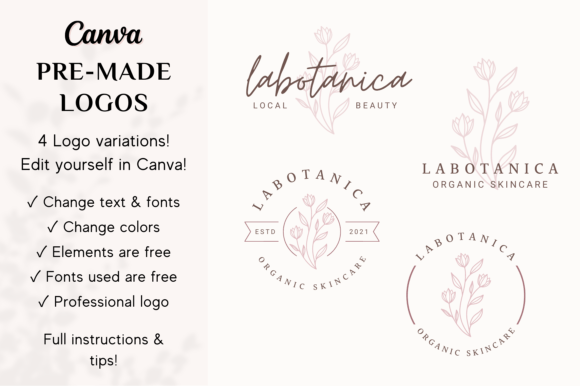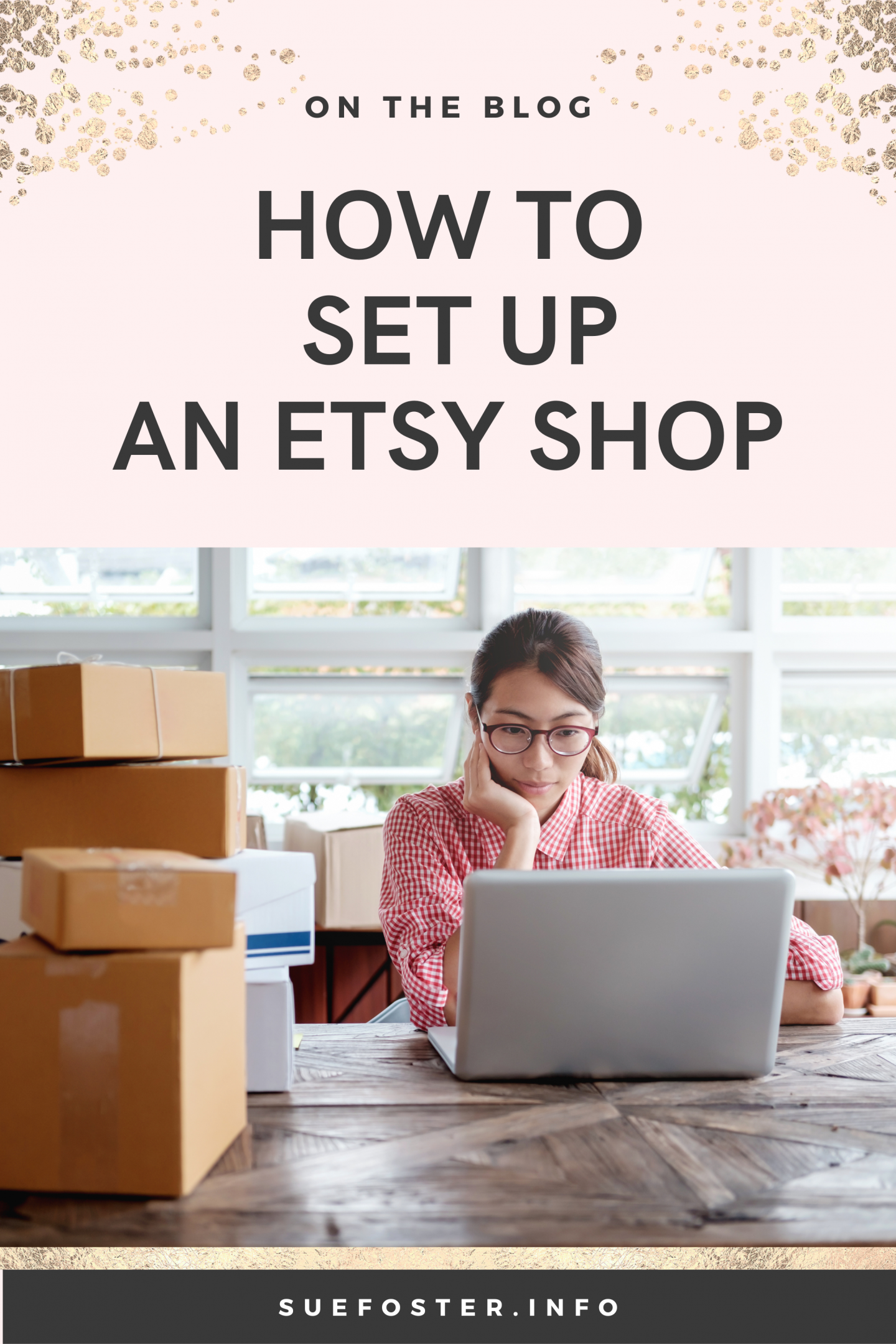Etsy is a global online marketplace that connects small business owners and individual creators with customers who are looking for unique, handmade, vintage items and digital products. This post covers what to do before opening and how to set up an Etsy shop.

Etsy’s History
Etsy is an e-commerce platform that has revolutionised how people shop for handmade goods, vintage treasures and digital products. Founded in 2005 by Rob Kalin, Chris Maguire, Haim Schoppik and Jared Tarbell. Etsy started as a place where crafters could sell their wares to like-minded individuals. However, over the years it has grown into much more than that and has become such an important platform for artists and entrepreneurs worldwide.
As an Etsy seller, you have the opportunity to showcase your unique artistic talents and entrepreneurial skills to a global audience. Whether you’re a crafter, artist or entrepreneur, opening an Etsy shop can be a great way to reach a wider customer base, grow your business and increase your income.
Should I Sell on Etsy?
Here are some reasons why opening an Etsy shop is a great idea why you should sell on Etsy:
Etsy is a Global Marketplace
With over 81 million active buyers worldwide, Etsy offers access to customers from all over the world. This means that as an Etsy seller, you have the potential to reach a much larger audience than if you were selling locally.
Cost-effective Marketing
One of the biggest challenges for small businesses is marketing their products without breaking the bank. However, with Etsy’s built-in marketing tools such as promoted listings and social media integration, promoting your products has never been more cost-effective.
Customisable Shopfront
It’s important to create a brand identity that reflects your style and personality. With customisable shopfronts on Etsy, sellers can easily create a unique online store that showcases their individuality.
Easy Payment Processing
Setting up payment processing can be one of the most daunting aspects of starting an online business. However, with Etsy Payments (formerly known as Direct Checkout), sellers can accept payments from customers all over the world quickly and securely.
Supportive Community & Resources
Opening an Etsy shop also means becoming part of a supportive community of like-minded individuals who are passionate about handmade goods and entrepreneurship. Additionally, there are countless resources available.
What to do Before Opening an Etsy Shop
Starting an Etsy shop can be a fun and exciting way to turn your creative passion into a profitable business. However, before you start selling, it’s important to choose the right name and branding for your shop. Here are some tips to help you get started:
Choose a unique name that reflects your brand
When choosing a name for your Etsy shop, it’s important to pick something that is unique and memorable. Think about what sets your brand apart from others and try to incorporate that into the name of your shop. For example if you sell wedding stationery, then your shop could be called something like ‘blushingpaperie’.
If you aren’t in any particular niche and are going to sell general products, then choose a name that won’t limit you to selling just one type of product. You could simply use your own name.
Keep it simple
While it can be tempting to come up with a long, descriptive name for your Etsy shop, it’s best to keep things simple. A shorter name is easier for customers to remember and will look better on social media profiles.
Check availability
Before settling on a final name for your Etsy shop, make sure that it’s available on all social media platforms such as Instagram or Facebook pages as well as any domain names available too. Use Namecheckr to check.
Create an attractive logo
Your logo is another important aspect of branding yourself on Etsy. It should be simple yet visually appealing enough that people will recognise it easily when browsing through hundreds of other shops online.
Logos can be easily made using Canva and ready-made Canva Logo templates are also available on Creative Fabrica.

Pre-made logos by daisykeala.
Consistency matters
Once you’ve chosen a name and created a logo, it’s time to start thinking about building your brand. One of the most important aspects of building a strong and memorable brand is consistency.
Why does consistency matter so much? For one thing, it helps customers recognize and remember your business. If you use different logos or colours on different platforms, people may not realize that they’re all part of the same company.
Consistency also helps establish trust with your customers. When everything from your website design to your product packaging looks cohesive and professional, it sends the message that you take pride in what you do and are committed to delivering quality products or services.
But maintaining consistency isn’t always easy. It requires attention to detail and a willingness to stick with a certain aesthetic or style even when new trends emerge or you feel tempted to switch things up.
Opening an Etsy Shop
Step 1: Go to Etsy
Opening your shop through the following link will give you 40 Free Etsy Listings. This will help you get started selling on Etsy for free.
Step 2: Create Your Account
Click “Open Your Shop” button and then fill out all required information including your email address, preferred shop name and password for your account.
Step 3: Add Shop Details
After creating your account credentials, it’s time to add more details about yourself and your shop such as location, currency preference etc.. You also need to select if you want to sell digital products or physical products only.
Step 4: Set Up Payment Method
Next up is setting up payment options for buyers who purchase from you. You can choose payment methods like PayPal or credit card payments through Direct Checkout (which has an additional processing fee).
Step 5 : Choose Shipping Methods
Now it’s time to decide how you’ll ship items – either by using Etsy Shipping Labels or by providing shipping costs manually at checkout depending on package size/weight etc… If you sell digital products you won’t need to worry about this.
Step 6 : Finalize Your Shop Policies
Before completing set-up process make sure that all necessary policies are added such as Refund policy , Privacy policy ,Shipping policy etc…
Congratulations! You have now successfully created an Etsy Seller Account and are ready to start listing items for sale!
Etsy Product Photos
As an Etsy seller, it is important to showcase your products in the best possible light through high-quality product photos. Here are some best practices for Etsy product photos:
Use natural lighting: Natural light is the most flattering and provides accurate colours for your products. Avoid using flash or artificial lighting as they can create harsh shadows and alter the colour of your items.
Choose a neutral background: A plain white or light-colored background will make your product stand out and provide a clean look.
Focus on details: Take close-up shots of any unique features or textures of your item to give customers a better idea of what they’re buying.
Show scale: Include at least one photo that shows the size of your product relative to something familiar, like a coin or ruler.
Showcase multiple angles: Take pictures from different angles to show off all sides of the item, giving customers a complete view.
Edit for consistency: Ensure that all images have consistent brightness, contrast, and saturation levels for a cohesive look on your shop page.
Use props sparingly: Props can help convey how an item might be used but should not detract from the main focus – which is always the product itself.
Keep it simple: Avoid cluttered backgrounds or overwhelming compositions by focusing on simplicity in both styling and composition.
Use Mock-ups: If you’re selling digital downloads such as digital art and invitations or selling t-shirt designs, using product mock-ups will help your listings look professional.
I get my product mock-ups from Canva and Creative Fabrica. Canva has an inbuilt tool called Smartmockups which instantly adds your design to an image.
Etsy Product Picture Size
The recommended size for product listings is 2000px for the shortest side of the image, and a resolution of 72PPI. I like using square images 2000 x 2000 pixels. This size is useful if you are going to use Instagram to promote your products. Visit the requirements and best practices for your images in your Etsy shop page for the latest information.
By following these best practices for Etsy product photos, you’ll be able to create visually stunning images that accurately represent your products while attracting potential buyers into making purchases on your store!
How to List Items on Etsy
Adding new products to your store can be exciting and nerve-wracking at the same time. However, with a little bit of guidance, you can make the process simple and straightforward.
Here’s how to add a product to Etsy:
Step 1: Sign in to Your Account
The first step is to sign in to your Etsy account. Once logged in, click on “Shop Manager” located at the top right corner of your screen.
Step 2: Click on “Add a Listing”
After clicking on Shop Manager, select “Listings” from the left-hand menu. Then click on “Add a listing” button located at the top right side of the screen.
Step 3: Choose Product Category
Once you have clicked on “Add A Listing,” you will be asked to choose a category for your product. This is important because it helps potential buyers find your item easily.
Selecting relevant categories and subcategories will ensure that your product shows up in relevant search results when customers look for similar items.
Step 4: Add Product Details
Next, fill out all necessary information about your product such as title, description, price, quantity available, shipping details (if applicable), etc. Make sure that you provide accurate and detailed information about what makes your product unique so that potential buyers can get an idea of what they are purchasing.
You may also want to include high-quality images or videos showcasing different angles of your product or even how it works if applicable. This will help potential customers visualize exactly what they are buying and increase their confidence in making a purchase from you.
Step 5: Preview & Publish Your Listing
Once everything is filled out correctly with all required fields complete including any optional ones you wish to include then hit preview listing button which allows reviewing every aspect before publishing it live into market place then hit publish!
Lastly
Setting up an Etsy shop can be a fulfilling experience for anyone looking to turn their creative passion into a profitable venture. With the right mindset, dedication, and strategy, you can start selling your items to customers all over the world. Remember that success on Etsy takes time and effort, so don’t get discouraged if you don’t see immediate results. Keep learning from your mistakes and always look for ways to improve your shop. Most importantly, have fun with it! Running an Etsy shop is not just about making money; it’s also about connecting with like-minded individuals who share your love for unique and handcrafted products.


